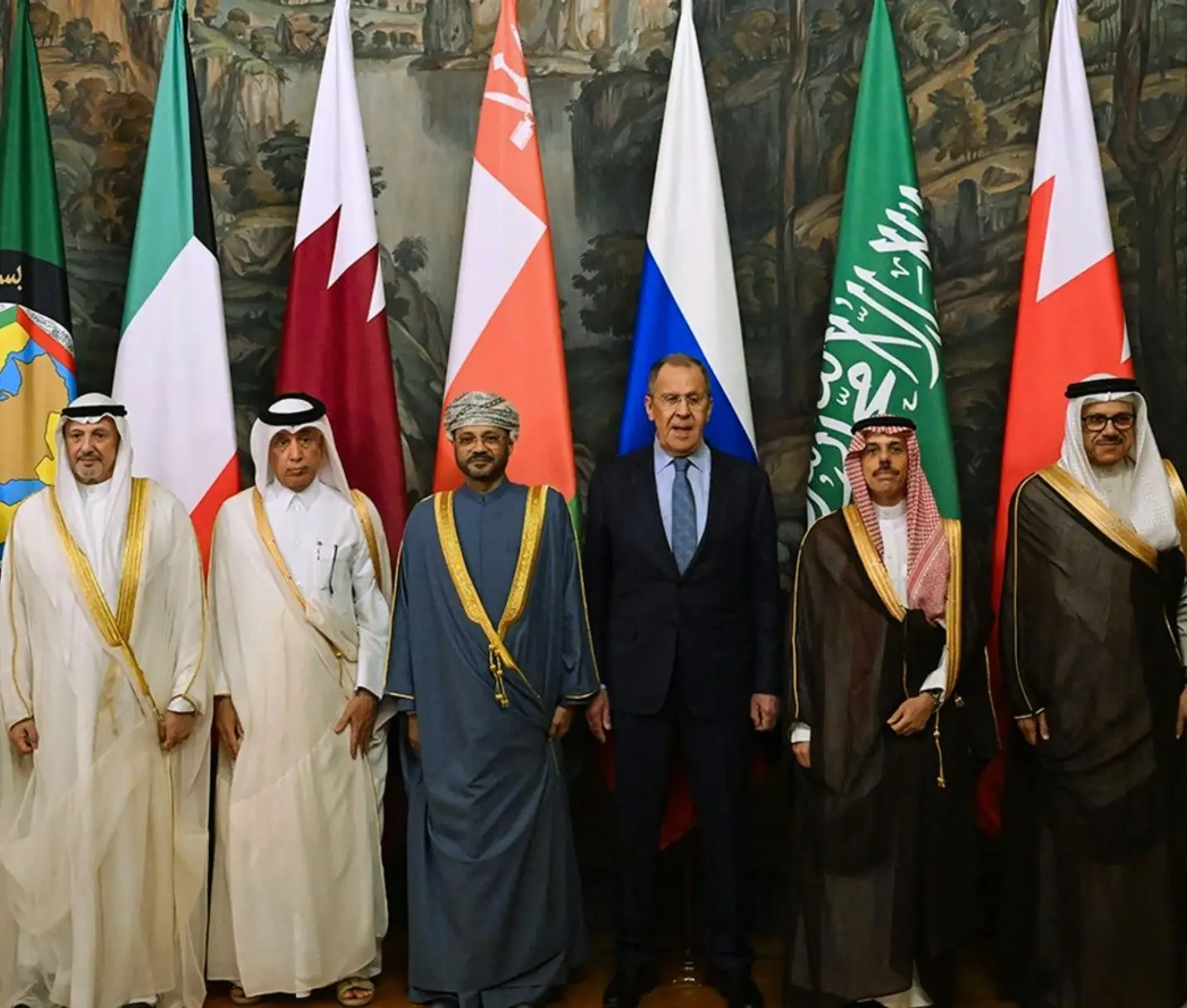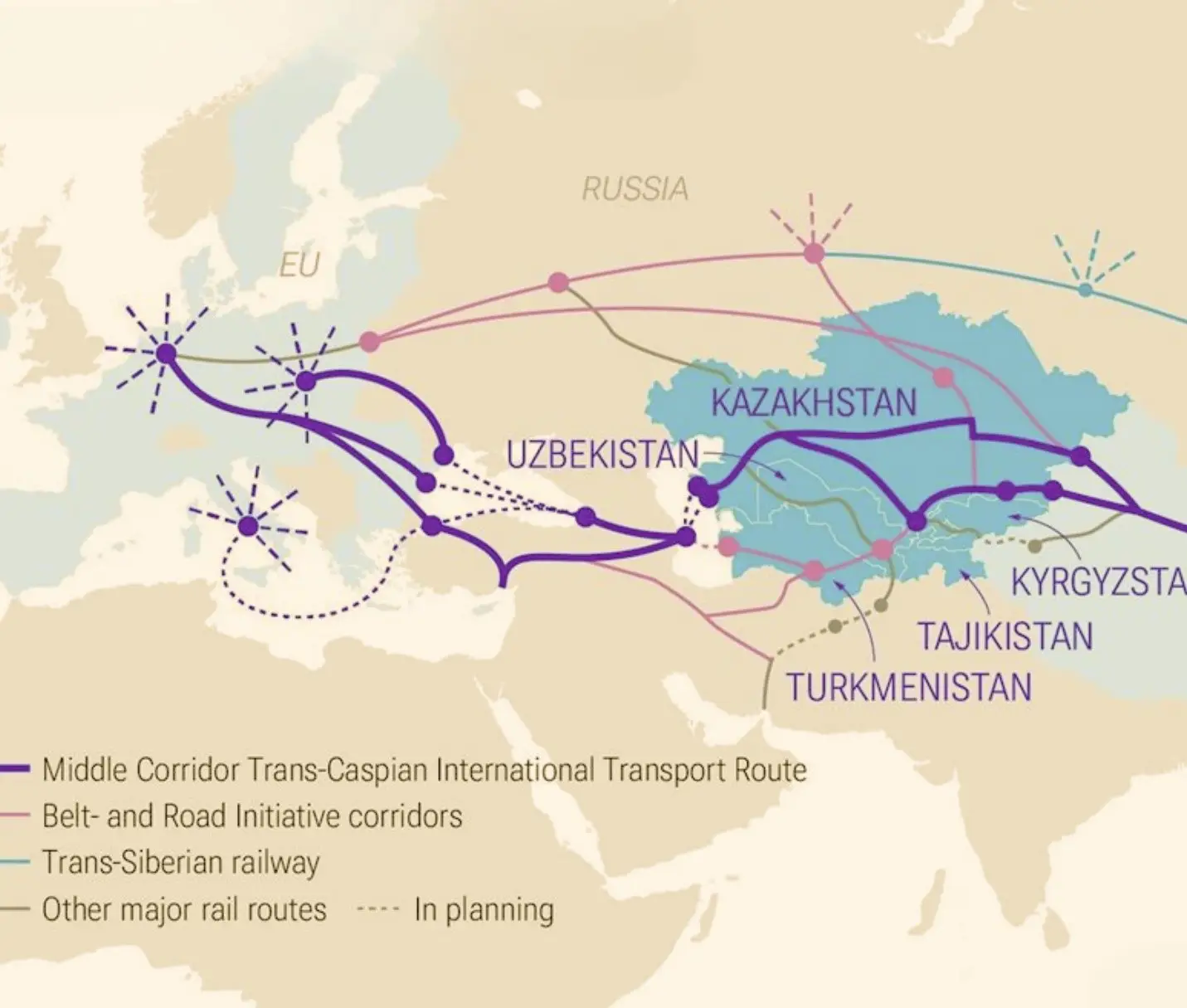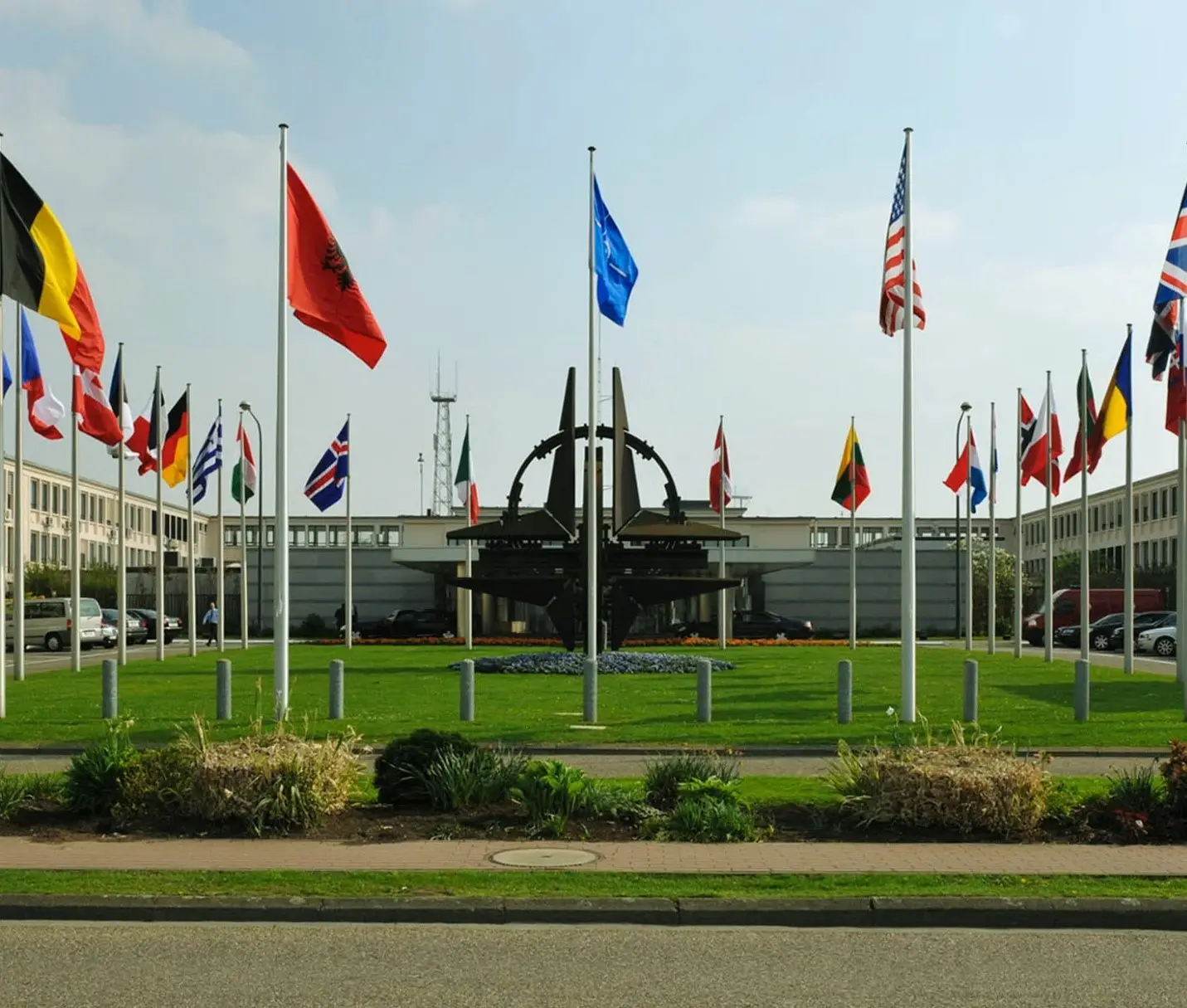On June 13, 2025, launched large-scale, coordinated military operation reportedly designated Operation Rising Lion, to target critical Iranian nuclear and military infrastructure. The unprecedented scale of these preemptive strikes have propelled the Middle East into a high-stakes confrontation, with far-reaching implications for regional stability, global diplomacy, and nuclear non-proliferation norms.
Nature and Scope of Israeli Offensive
The Israeli strikes focused on multiple high-value sites across Iran. These included the Natanz nuclear complex, Ahmad Roshan uranium enrichment facility, Qasr-e Shirin near Iraqi border, Shahid Habibollahi Aerospace Base, and Subashi Radar Station, one of Iran’s westernmost air defense installations. Simultaneous attacks were reported in Tabriz and Kermanshah, believed to have housed drone and missile production facilities. According to official Israeli military sources, fighter aircraft comprising F-35s, F-16s, and F-15s executed the operation with precision, reportedly guided by prior intelligence preparation and battlefield surveillance.
Israeli sources disclosed that Mossad had conducted pre-operational infiltration into Iranian defense zones, strategically positioning munitions and drone units to undermine Iran’s early-warning systems. Additionally, Israel’s “doomsday” airborne command platform was activated to counter Iranian response. The Israel Defense Forces (IDF) justified the strikes as a direct response to Iran’s aggressive nuclear posture and recent hostilities while citing imminent threats to Israeli national security.
Human and Strategic Losses in Iran
The strikes resulted in significant Iranian casualties, both human and strategic. Confirmed fatalities included several senior commanders and scientists instrumental to Iran’s military-industrial complex. Among the martyred were Major General Mohammad Bagheri, Chief of Staff of the Armed Forces; IRGC Commander Hossein Salami; Gholamali Rashid of Khatam al-Anbia; and nuclear scientists Dr. Fereydoun Abbasi, Dr. Mohammad Mehdi Tehranchi, Abdolrahim Minouchehr, and Ahmadreza Zolfaghari. Reports also indicates that Brigadier General Amir Ali Hajizadeh, head of the IRGC Aerospace Division, was killed, alongside the probable loss of Iran’s Intelligence Chief, whose status remains unconfirmed.
Iranian Response and Military Mobilization
In response, Iran adopted a multi-tiered countermeasure strategy. Supreme Leader Ayatollah Ali Khamenei issued a direct order to override all standing operational thresholds while authorizing the IRGC and Armed Forces to conduct “unrestricted retaliation.” Iran formally launched Operation True Promise-3, and initiated missile launches against Israeli positions and raising red flags across strategic sites, a symbolic gesture of national vengeance.
A rapid military and command reconstitution followed. Rear Admiral Habibollah Sayyari was appointed interim Chief of Staff of the Armed Forces, and Ahmad Vahidi assumed the position of IRGC Chief Commander. President Masoud Pezeshkian convened emergency security sessions and addressed the nation; asserted that Iran would respond with calibrated force. Iran’s Civil Aviation Organization suspended all flights, and airspace lockdowns were imposed amid concerns of further escalation.
International Political and Diplomatic Reactions
The international community responded with urgency. A significant portion of the U.S. Congress, including key Senators and Representatives, extended unequivocal support for Israel’s right to self-defense. President Donald Trump confirmed prior awareness of the strikes but insisted that the United States was not militarily involved. He reaffirmed that Iran must never be permitted to obtain nuclear weapons and lauded Israeli leadership for decisive action. CENTCOM was placed on high alert, and U.S. forces in the region were reportedly reinforced.
United Kingdom, France, Slovakia, Netherlands, and Finland issued appeals for restraint while recognizing Israel’s security imperatives. In contrast, Pakistan, Turkey, Jordan, Belarus, Armenia, and Iran’s Foreign Ministry issued strong condemnations and labeling the attacks as violations of sovereignty and provocations with the potential to ignite full-scale regional conflict. Iran’s Foreign Ministry specifically accused the United States of complicity and warned of severe consequences should the aggression persist. Meanwhile, the International Atomic Energy Agency (IAEA) confirmed it would convene a special Board of Governors meeting following Iran’s formal request, which was co-sponsored by Russia, China, and Venezuela. While radiation levels at the Natanz facility remained stable, the IAEA acknowledged infrastructural damage.
Media Narratives and Strategic Information Warfare
The conflict was further inflamed through an extensive media and strategic messaging campaign across both conventional and social media platforms. Israeli, Western, and aligned media outlets framed the strikes as defensive, precise, and necessary to neutralize existential threats. Conversely, Iranian outlets depicted the operation as a flagrant violation of international law, while highlighting the deaths of senior officials and scientists.
Notably, Iranian sources confirmed the assassination of nuclear negotiator and top advisor Ali Shamkhani, along with mass civilian displacement and casualties in residential zones. Israel maintained that all actions were confined to military targets, though Iranian media emphasized collateral damage as a core element of their diplomatic messaging.
Strategic Outlook and Geopolitical Implications
The current confrontation signals a dangerous shift in the Israel-Iran conflict from years of proxy engagements and covert sabotage operations to overt, state-level warfare. Despite high-profile decapitations within Iran’s security hierarchy, Tehran retains considerable retaliatory capabilities through regional proxies such as Hezbollah and Ansarullah, raising the likelihood of a multi-front escalation.
While Israel has demonstrated both technical superiority and operational preparedness, the international security environment has become increasingly volatile. U.S. and European diplomats continue to call for de-escalation, but the absence of credible third-party mediation may render these appeals ineffective in the short term. The strikes have also rekindled global concern over nuclear non-proliferation. Iran’s leadership has indicated an unwillingness to await international responses, instead asserting sovereign right to retaliate. The strategic messaging from both Israel and Iran suggests continued operations are likely.
Conclusion
The events of June 13, 2025, represent a geopolitical inflection point in the Middle East, carrying the potential to reshape regional alliances, security doctrines, and international engagement in the Persian Gulf. As both Israel and Iran harden their postures, the specter of further escalation looms large. The global community must now urgently weigh options for containment, conflict resolution, and the restoration of diplomatic pathways to avoid a broader regional war that could draw in global powers and destabilize international peace frameworks.






